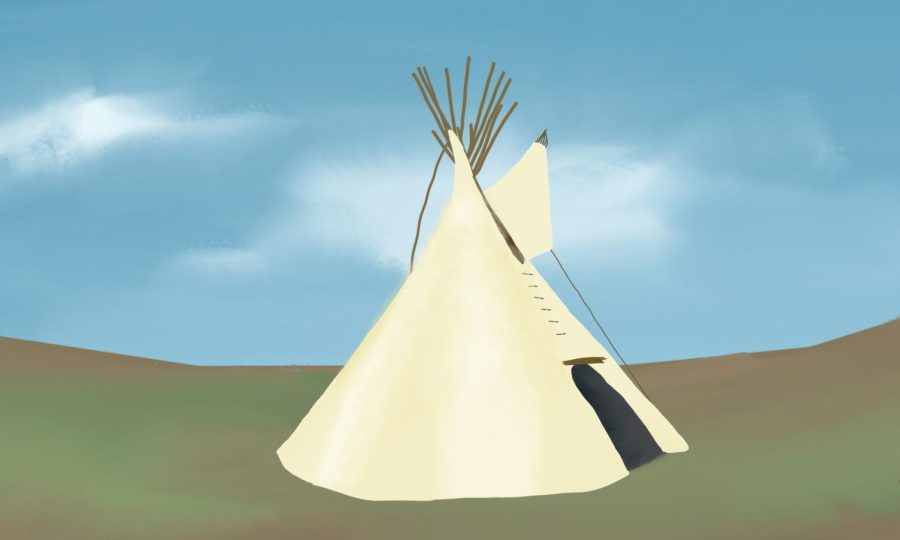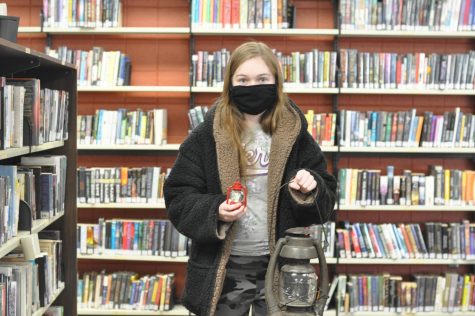The travelling tipi
An area farmer has revived the local Native American past with a model of a tipi based on the original artifact.
This was a drawing to represent the Tipi that Larry Richie brought to Cannon Falls Middle School
It is said that the tipi represents the earth on which we live, the walls represent the sky and the poles represent the trails that extend from the earth to the spirit world, according to some Dakota teachings. This was a feeling that could be understood whilst walking into the tipi and smelling the smoke of the fire as it would have been hundreds of years ago. Recently a retired dairy farmer who was a very kind man named Larry Richie brought his tipi, bison meat and artifacts to CFMS for the 6th Grade Social Studies classes. Thanks to Ms Klapperich, the students here were invited into the tipi to experience a little of what life was like for Native Americans.

Richie was a farmer who always wanted to travel but couldn’t, so instead, he decided to learn about the land at his farm. As he once said, “To learn on your own, you have to develop an awareness of the world around you and the possibilities in people and the environment, and if you do that life will be good to you.” To further this goal, he researched Native American tribes that lived in the area. A local community school was looking to encourage students to participate in their school in a unique way. So he decided to set up the tipi at the school, and Miss Klapperich was one of the first to be invited to eat in the tipi. She then asked if he would come to Cannon Falls so the students at CFMS could have the experience.
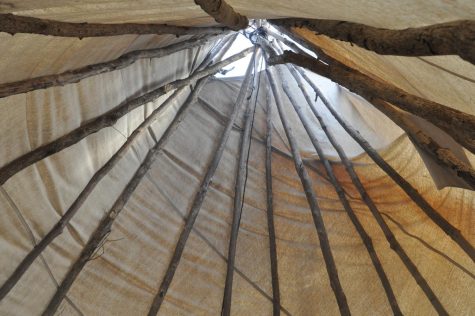
The tipi itself looked just about how it does in the history books, except, he didn’t use actual hide for the outside of this one. Instead, he used khaki outside with straight branches set as the foundation. He seemed to have cleared out the patch of ground around the tipi, that or the fire was warm enough to melt all the snow around it. There was a flap left open at the top, which was explained to be for the smoke to escape through.
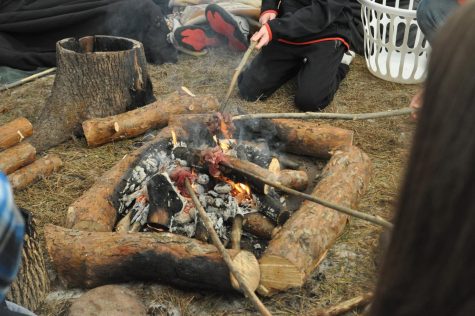
He had a fire pit set up in the center of the tipi, one of the first things students noticed walking in. There was a plate on the ground under it so it wouldn’t spread, and charcoal and wood on top of that, which is what the fire was lit on. The fire itself was almost out at the beginning, so Richie asked the group if anyone knew how to start a fire. They all responded with something like “Rub two sticks/a stick and a stone together and make sparks”; they ended up using matches.
The fire was small enough to not endanger anyone, though still enough to cook with. For some interesting and unexplainable reason it occasionally flickered green,

The bison meat was cooked for about two thirds the time students were in the tipi. He got a couple of strips, put them on sticks, and got volunteer students to cook them over the fire. It started raw and cooked until it was slightly blackened. Then Larry told them when it was done. It got cut into pieces, put on a chopping board, and passed around the ring of students. They passed it around three times and each time, a person could take one piece. It reminded them distantly of chicken, in a way, though it’s probably somewhere in between turkey and steak.
Afterwards, a piece of a Sumac bush was passed around. Everyone took four berries off the stalk and handed it to the next person. After getting the berries, they weren’t actually meant to swallow them, just suck on them… most people did anyway. The taste was incredibly strong and sour but it was good.
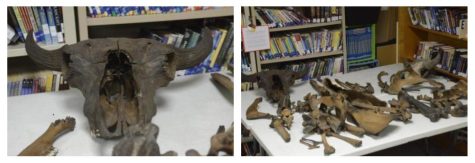
After everyone left the tipi, and re-entered the class room, he showed them bison bones. There were two skulls, and a lot of other bones- mostly in the legs, some of them in the spine. He explained each of them with the time he had left, although the class was running a tad late. One of the skulls was ‘special’ and he thought he’d figured out the story behind it. There were two lines in the top of the skull’s head. He said he thought it was hammer marks- someone might have trapped the buffalo in mud or some sort of pit and tried to smash its skull with a hammer.
With the last few -maybe ten- minutes, the students got to see the artifacts. He only got to name two: the tip of a spear (possibly) and a roughly fish-shaped stone to attract real fish. There wasn’t much explanation on anything else as the group didn’t have the time. It was an amazing experience and wonderful of him to do this for Cannon Falls Middle School.
*This article is a Middle School article published for the Cannon Falls Middle School Torch, but Torch articles are published at the bottom of the Cannon Falls Lantern
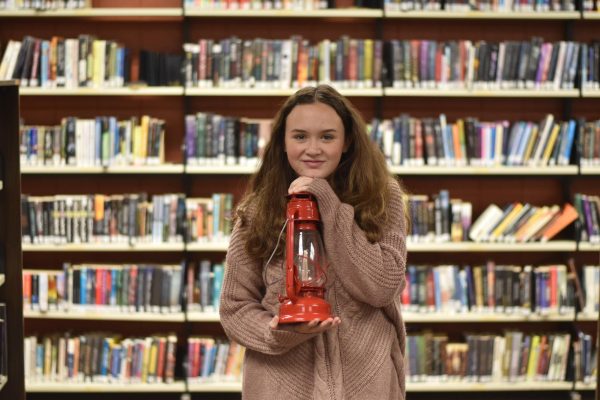
My name is Alexzis Hoffman. I am an 8th-grade Torchie and a photographer. I take pictures of anything needed, class projects, or volleyball games. At home,...


